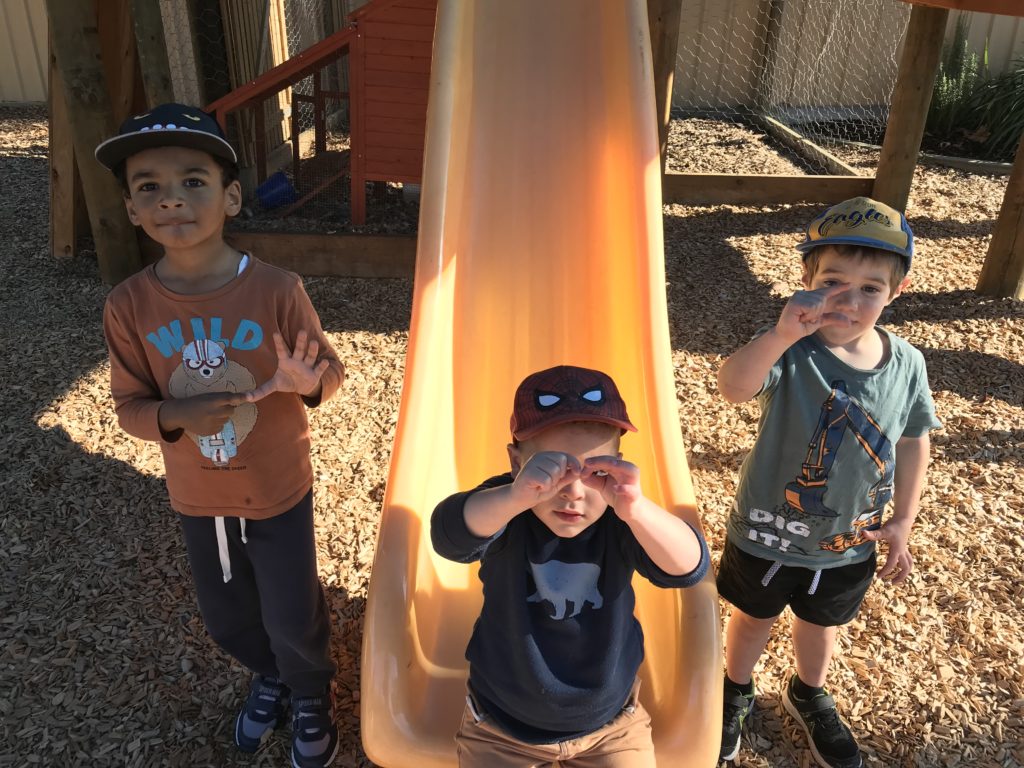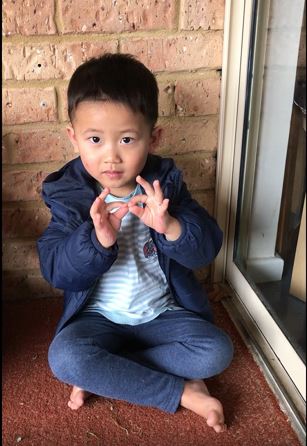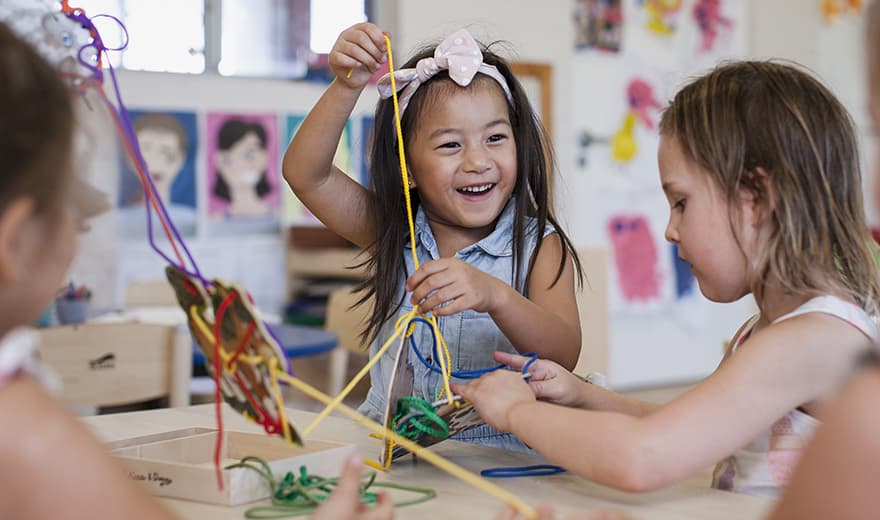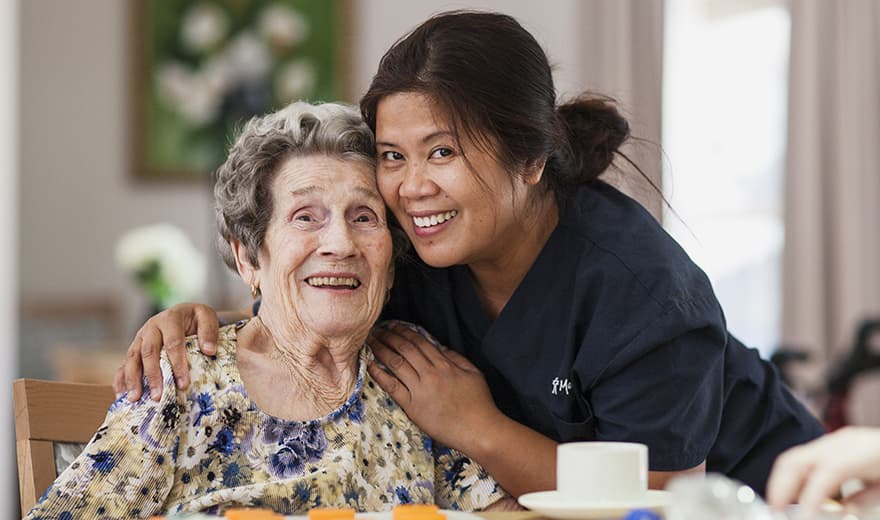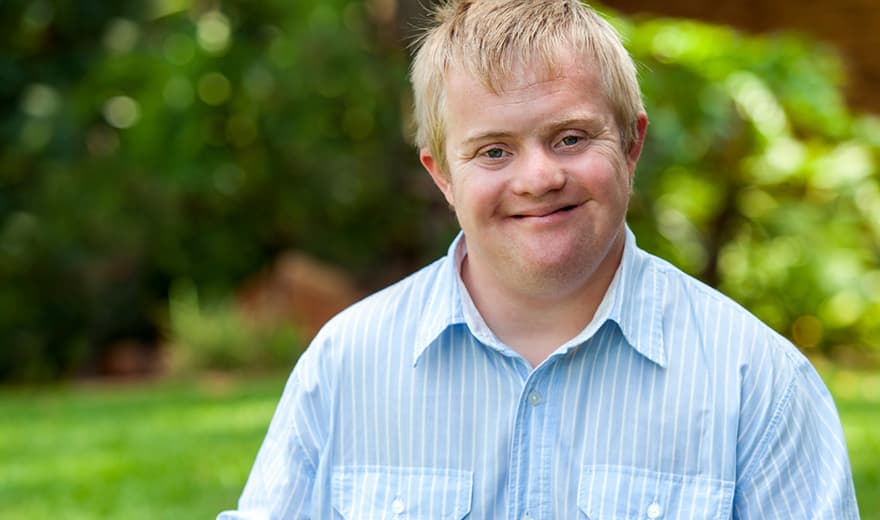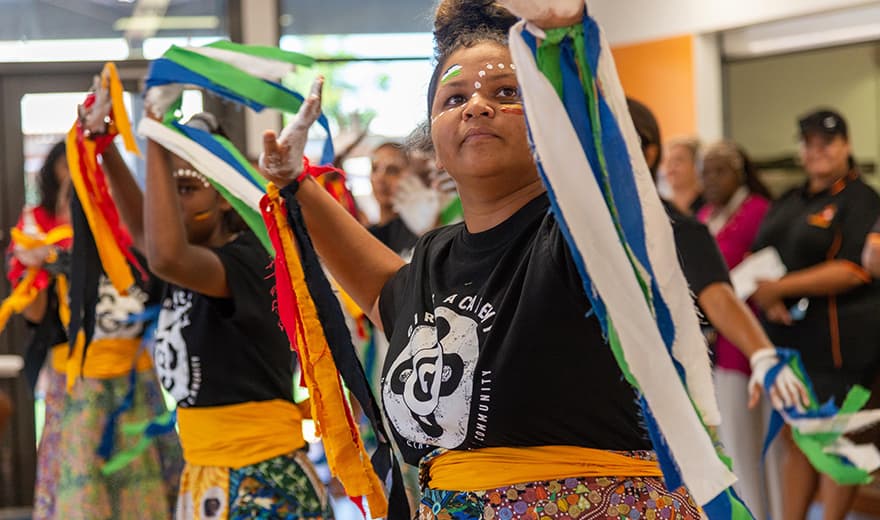Auslan, or Australian sign language, is used extensively within the Australian deaf community to communicate. The language was chosen to study in the Bunuru room (ages 3-5), using the children’s physicality to support memory retention skills and cognitive development which in turn stimulates brain development.
“It’s important for me to give children the opportunity to learn a second language and I find Auslan allows us to be fully inclusive of all people,” Educator Amber Mizen said.
“It can be used in many different settings and allows us to gain a better understanding of language. It also teaches children about how we can all be different and have different abilities.
By teaching such an inclusive language that can be used Australia wide, I would like to hope that we are breaking down barriers for people with a significant disadvantage. Roughly one in six people in Australia have some degree of hearing loss, and people with significant hearing loss will quite often struggle with communication, confidence and being offered opportunities that are often given to others that are able to hear.
We hope that the children we are teaching today will remember this and take this into their adult life as a valuable lesson of inclusion. Learning Auslan, I feel, has taught us all a little more compassion and respect.”
The children have started with the basics – learning numbers 1-20 and the alphabet before moving to basic words and phrases, like thank you, and then colours and animals.
“The children particularly like the letter B, as I first taught them it’s like putting their sunglasses on so they were able to gauge what shape their hands and fingers had to be in. Now I see lots of our younger children start the letter by putting their glasses on so to speak. My own personal favourite sign is for chocolate cake – but it is not something we have taught the children just yet! Amber said.
Auslan has been a hit with families too: “Several families have mentioned they have children coming home and showing them and have been very positive about how inclusive this is.”
“I think it’s incredibly important in an early learning setting where we have many children who have come through our service that are non-verbal, or even just still learning English. It allows them the chance to speak up, to learn the same pace as everyone else and hopefully begins to close that potential gap between verbal and non-verbal children,” Amber said.
